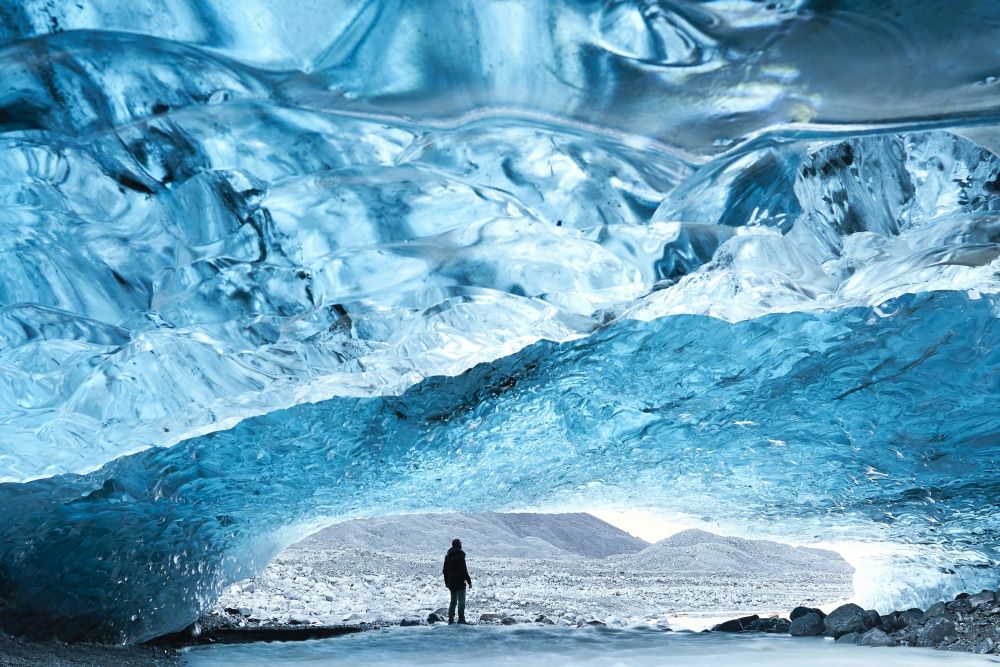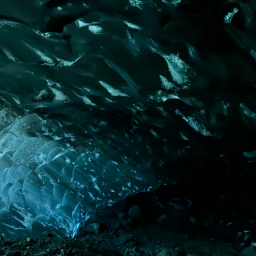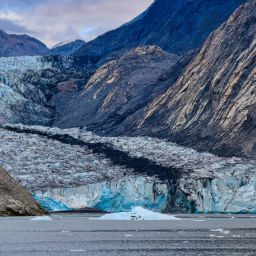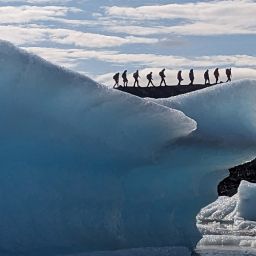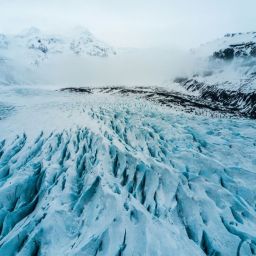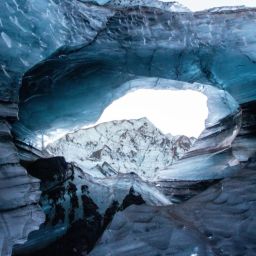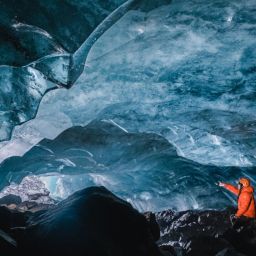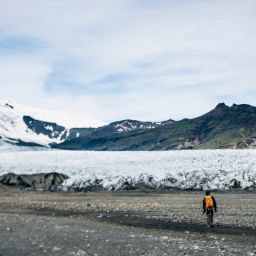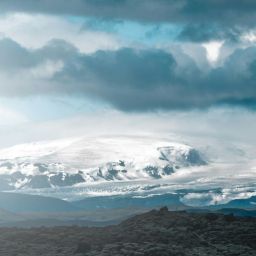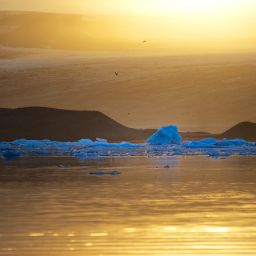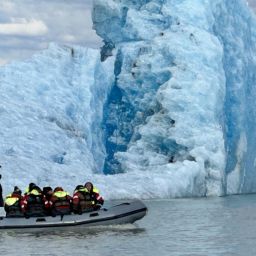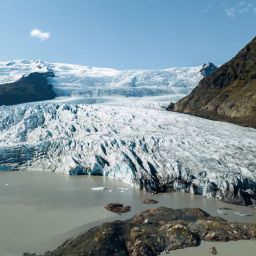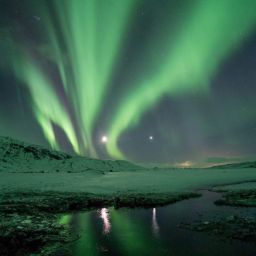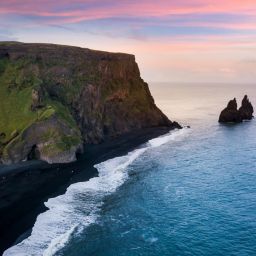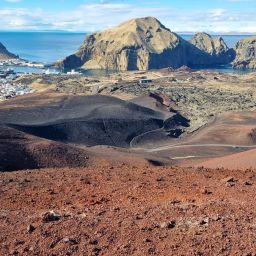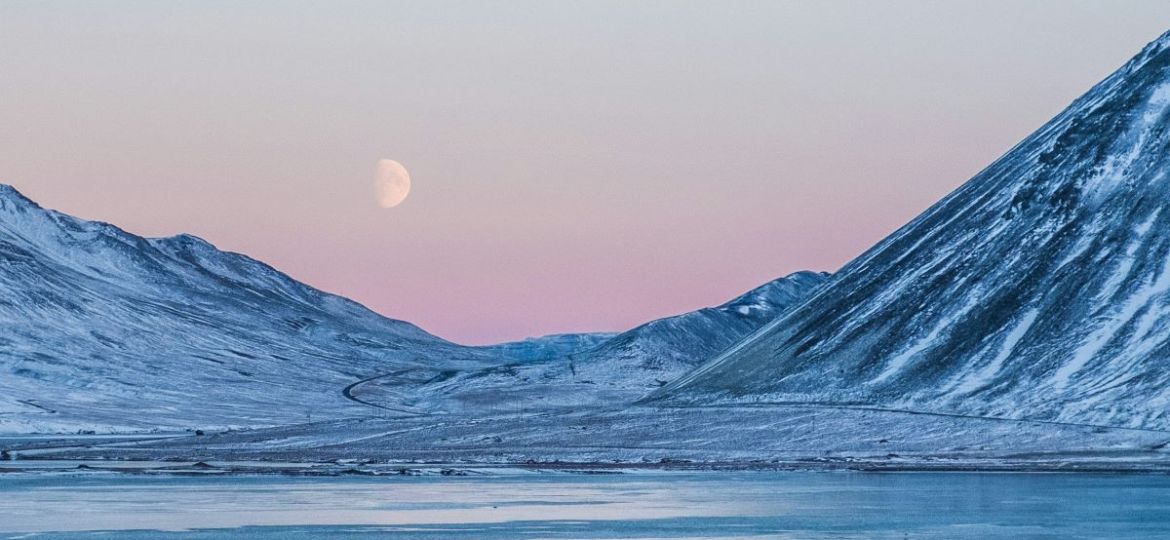
Winter in Iceland is a season of extremes, offering a blend of stark beauty and challenging conditions. From November to March, the country transforms into a frozen wonderland, with snow-covered landscapes, icy roads, and the enchanting Northern Lights illuminating the long nights. However, the winter weather in Iceland is unpredictable, shaped by the island’s location in the North Atlantic and its proximity to the Arctic Circle.
Temperatures and Climate
Despite Iceland’s name and northern location, winter temperatures are milder than many might expect, thanks to the Gulf Stream. Coastal areas, including Reykjavík, typically experience temperatures ranging from -1°C to 4°C (30°F to 39°F) during the winter months. However, the wind chill can make it feel much colder, especially in exposed areas. Inland regions and higher altitudes often see colder temperatures, dropping to -10°C (14°F) or lower.
Iceland’s winter climate is characterized by its variability. It’s not uncommon to experience snow, rain, sleet, and sunshine all in a single day. This rapid weather change is due to the island’s position between the warm Gulf Stream and cold Arctic air masses, which create a dynamic and ever-changing environment.
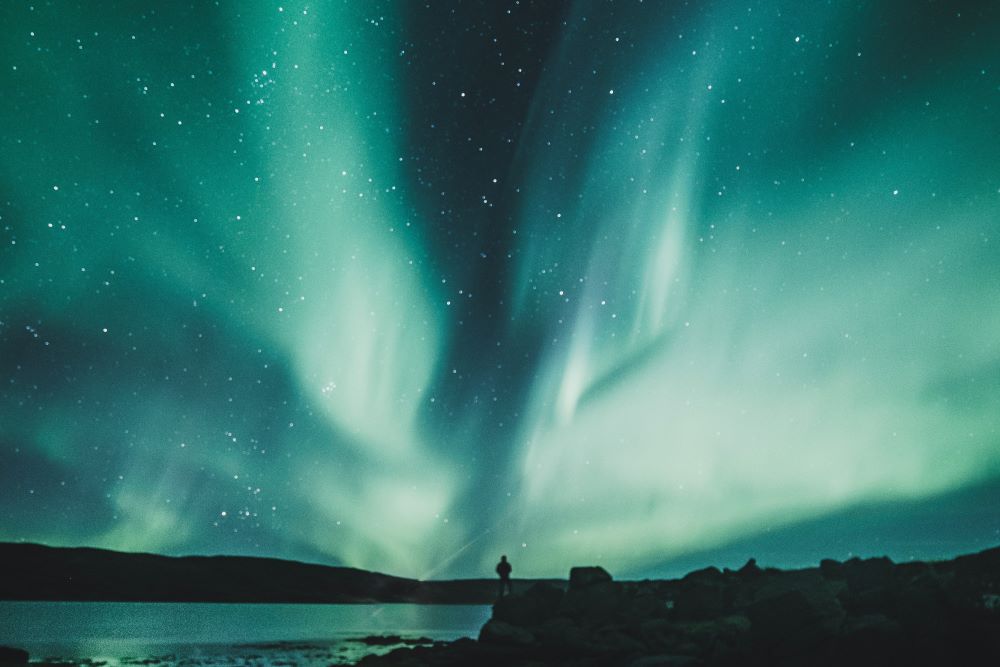
Darkness and Light
One of the defining features of Icelandic winters is the significant reduction in daylight. In December, the darkest month, Iceland receives as little as 4-5 hours of daylight in the south and even less in the north. This limited daylight can create a surreal atmosphere, with long twilight periods casting a soft glow over the landscape.
Conversely, the extended darkness provides an ideal backdrop for one of Iceland’s most famous winter attractions: the Northern Lights, or Aurora Borealis. Clear, cold nights offer the best chance to witness this natural phenomenon, as colorful lights dance across the sky in hues of green, pink, and purple.
Snow and Ice
Snow is a common feature of Icelandic winters, particularly in the northern and eastern parts of the country. The snow transforms the already dramatic landscapes into something truly magical, covering lava fields, glaciers, and mountains in a pristine white blanket. At Fjallsarlon Glacier Lagoon you can explore the frozen lagoon away from the crowds. Sometimes waterfalls, such as Gullfoss and Seljalandsfoss freeze, adding to the country’s winter charm, with icicles forming intricate patterns.
However, snow and ice also present challenges. Roads, especially in rural areas, can become treacherous, with black ice and sudden snowstorms making driving conditions hazardous. Icelandic authorities are well-prepared, maintaining road conditions as much as possible, but travelers should exercise caution and check weather forecasts regularly.
Wind and Storms
Iceland is known for its fierce winds, which are especially pronounced in winter. Gusts can reach up to 40 m/s (90 mph) during storms, causing white-out conditions and making outdoor activities dangerous. The wind is an integral part of Iceland’s winter experience, shaping the landscape and contributing to the rugged beauty of the environment.
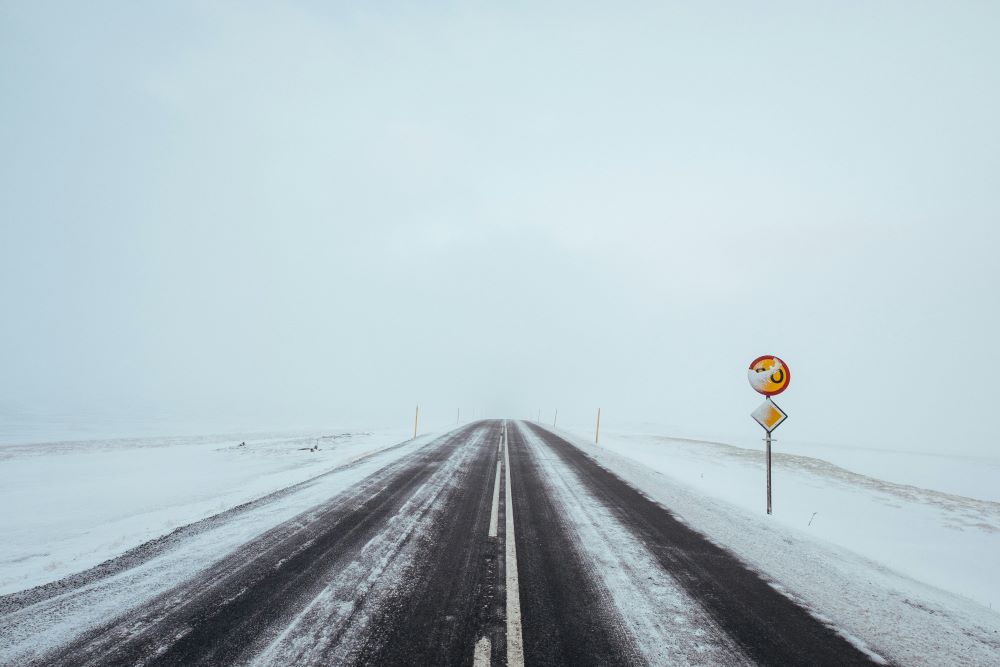
Embracing Winter in Iceland
Despite the challenges, winter in Iceland offers unique opportunities for adventure and exploration. Activities like glacier hiking, ICE CAVE TOURS from Fjallsarlon into blue ice caves, or soaking in geothermal hot springs provide unforgettable experiences. The contrast between the cold air and warm waters of places like the Blue Lagoon, Hvammsvik or other natural hot springs is particularly invigorating. Icelandic swimming pools are also plenty and offer a relaxing bathing experience.
In conclusion, winter weather in Iceland is a captivating mix of beauty and unpredictability. While the season requires preparation and respect for nature’s power, it rewards those who embrace its extremes with unforgettable memories and awe-inspiring sights. Travelling in Iceland during winter can surely have its challenges but also offers opportunities to explore the country when there are less tourists around. The activity tours offered are not as many as during summer but visiting a blue ice cave made by mother nature should be on everybody’s bucket list. if you are in luck, you might also get to witness the Aurora Borealis or the Northern lights. At Fjallsarlon you will find a restaurant that is open all year round during the day for lunch, coffee and snacks. Due to the possibility of extreme weather conditions, it is vital to pack warm, layered waterproof clothing and good shoes. In Iceland we have a saying that “there is no such thing as bad weather only bad clothing”. If you are not used to driving in snow and sleet perhaps you should consider booking a group for your own peace of mind.


